Table of Contents[Hide][Show]
- 10 Tips to Enjoy Your Diabetic Thanksgiving and Continue to Take Care of YOU
- 1. Eat Breakfast
- 2. Dine in Separate Room
- 3. Make Your Choices Count
- 4. Enjoy Your Meal
- 5. Enjoy Your Family More
- 6. Use Small Plates
- 7. Don’t Drink Your Calories
- 8. Go for a Walk
- 9. Eat Meat and Vegetables
- 10. Use Herbs and Spices!
- Thanksgiving Kitchen Essentials
There is a mentality of feasting to excess when people gather for celebration meals.
For example, one of my extended families serves 4 different meats (turkey, roast, chicken, and kielbasa), tons of starches–mashed potatoes, sweet potatoes (of course with marshmallows, butter and sugar), scalloped potatoes, rolls, corn and a smorgasbord of desserts. The only vegetable options are in casserole form!
I often advise my clients to choose one meat, one starch and a few sides of vegetables and not have an a smorgasbord of options. Another great strategy is to let each person pick one favorite dish and prepare it. That way, everyone feels acknowledged and can feel there is something special they took ownership in.
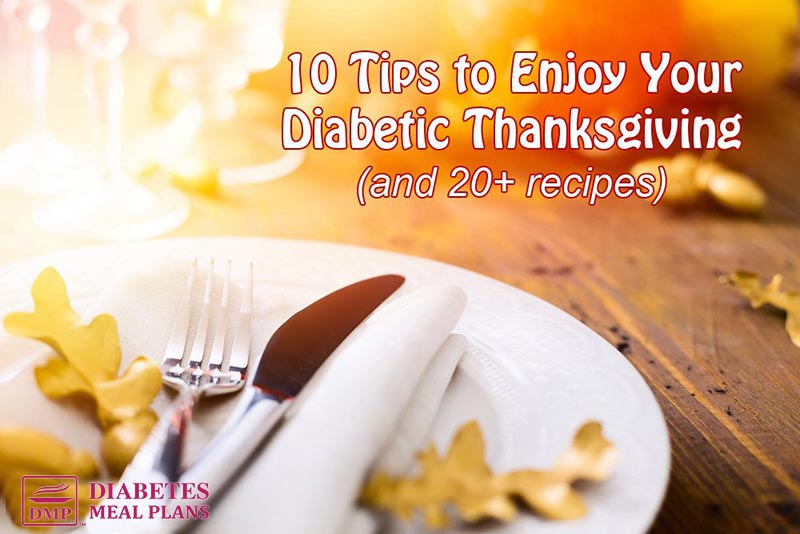
10 Tips to Enjoy Your Diabetic Thanksgiving and Continue to Take Care of YOU
Here are some key tips to enjoy your diabetic Thanksgiving without sabotaging your healthy efforts:
1. Eat Breakfast
Eat a balanced breakfast with some protein and fiber. If you show up to the meal starved, your willpower will be low and you will find it very easy to excuse overeating.
Have an egg and veggies scramble or plain Greek yogurt with berries, nuts/seeds.
KEY TIP: Don’t skip breakfast on Thanksgiving
2. Dine in Separate Room
Avoid congregating around gobs of food as this will only make the temptation to eat mindlessly or nervously greater. Conversation will trend around food and you will be more likely to keep picking at foods as you see others doing this. Or you may use food as a ‘filler’ during awkward silences.
KEY TIP: Try to move conversations away from the food area
3. Make Your Choices Count
Okay, so you might splurge a bit, but make your splurges count. Seriously. Don’t waste 40 grams of carbs on a dumb store-bought roll or pre-packaged pie. Find that homemade dessert or favorite potato dish and savor a few bits of it.
KEY TIP: Choose wisely and make every bit count
4. Enjoy Your Meal
Don’t feel guilty. Enjoy your meal and make it last.
Remember, that part of the satiety (the feeling of fullness) a meal provides is psychological and emotional. If you don’t take the time to slow down and focus on what you’re eating, be thankful for the food, and savor it, you are likely to overeat and still want more.
KEY TIP: Focus on enjoying each and every bite by being present in the moment
5. Enjoy Your Family More
The holidays are not (or shouldn’t be) about food. The word origin comes from “Holy days.” These are days that have historically been observed in celebration of key events such as the birth of Jesus Christ, the victory of Judas Macabeas, the sharing of a meal between Plymouth settlers and Native American Indians, and the opportunities each New Year holds.
As we gather together, let’s remember who we are, where we came from, and what we’re living for.
KEY TIP: Be grateful and appreciate the true meaning of Thanksgiving
6. Use Small Plates
All studies measuring variation in plate size show that people serve themselves significantly more at Thanksgiving, on average 30% more. The same goes for all dishes.
If you’re hosting, you can simply swap out your own plate (no one will probably even notice) and if dining in someone else’s home, just use the salad plate to reduce your overall portion size.
KEY TIP: Practice some constraint and watch your portions
7. Don’t Drink Your Calories
Liquid calories are always a bad idea. For one thing, they are almost always sugar or alcohol, which means they are “empty” carbs and calories, devoid of nutrition and potentially toxic.
More importantly though, they won’t fill you up in the same way food does. Consider that a cocktail can contain several hundred calories, whereas eating several hundred calories worth of food will make you feel much more satisfied and retain better self-control.
KEY TIP: Stick to diabetic friendly beverages that aren’t sugar/ alcohol-filled
8. Go for a Walk
We’ve begun making it a family tradition to go for a family walk together after the Thanksgiving meal.
This takes our focus off eating and we are still able to have great conversation while moving our bodies around. Physical activity helps control appetite and it will allow you some time to digest and think before transitioning into dessert.
KEY TIP: Taking a stroll after your Thanksgiving meal can help lower blood sugar and prevent overeating
9. Eat Meat and Vegetables
One of the nice things about holiday meals is that while there are usually a lot of unhealthy options, it’s very socially acceptable to have healthy choices as well.
Turkey is awesome–and low carb! Roasted vegetable and salad–
10. Use Herbs and Spices!
This is especially the case if you’re the cook or host but can also apply if you’re bringing a dish.
Use spices, herbs and high quality ingredients to make foods taste awesome rather than loading them with salt or sugar. I often consider one of my favorite holiday dishes growing up: Sweet potato casserole.
It consisted of canned sweet potatoes in a syrup and mixed several cups of brown sugar and sticks of butter. Then after all that sugar and syrup it was still topped with mini marshmallows and baked.
Here’s what I realized.
Canned sweet potatoes (or “yams”) are gross. They don’t taste good and no one likes them plain. Same goes for canned cranberry sauce. Want to know what I love more now?
Oven roasted butternut or kabocha squash sprinkled liberally with sea salt and ceylon cinnamon. To me that’s a heavenly dessert and I sure don’t feel heavy and bloated after eating it.
Not only is it lower starch/carb content, but the flavors are accented by the seasoning. Same goes with vegetables. My grandmother used to boil them all to a mushy death, then slab them over with margarine.
Instead, get some fresh Brussels sprouts and roast them in a bit of coconut oil, sea salt and balsamic vinaigrette and you’ll be kicking yourself for ever considering those gooey casseroles.
The point is there are plenty of ways to make food healthier during these holidays, so you can thoroughly enjoy your diabetic Thanksgiving.
KEY TIP: Use natural seasonings and fresh produce and avoid packaged and processed foods and sauces
Please pin these tips and then continue reading these recipes.
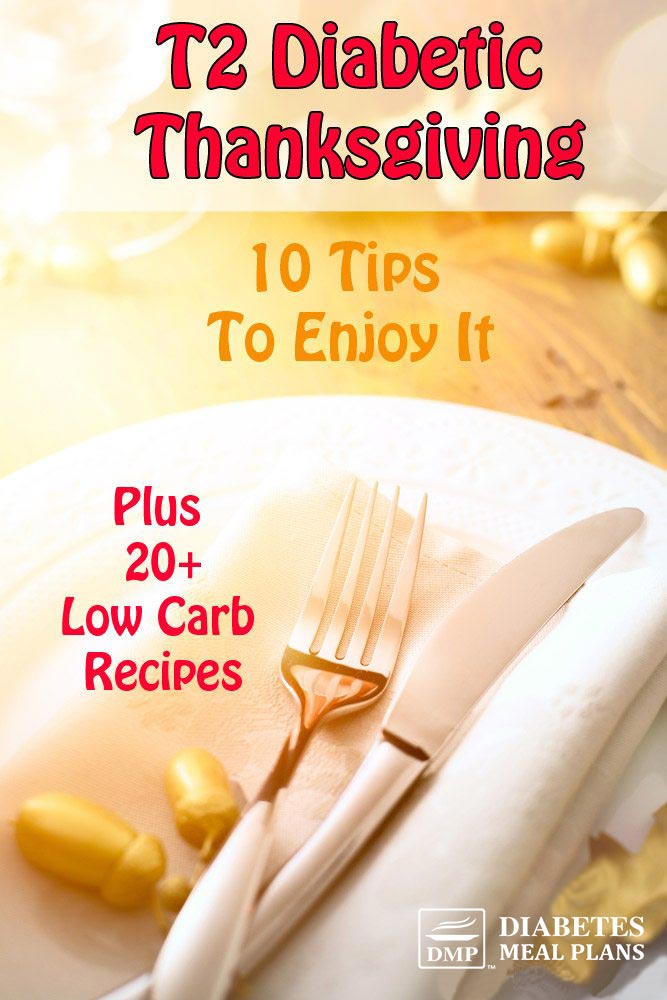
20+ Healthy, Tasty Diabetic Thanksgiving Recipes
I thought I’d help you with some additional Thanksgiving recipe ideas, so I’ve done a roundup of our recipes and some from around the web.
Appetizers:
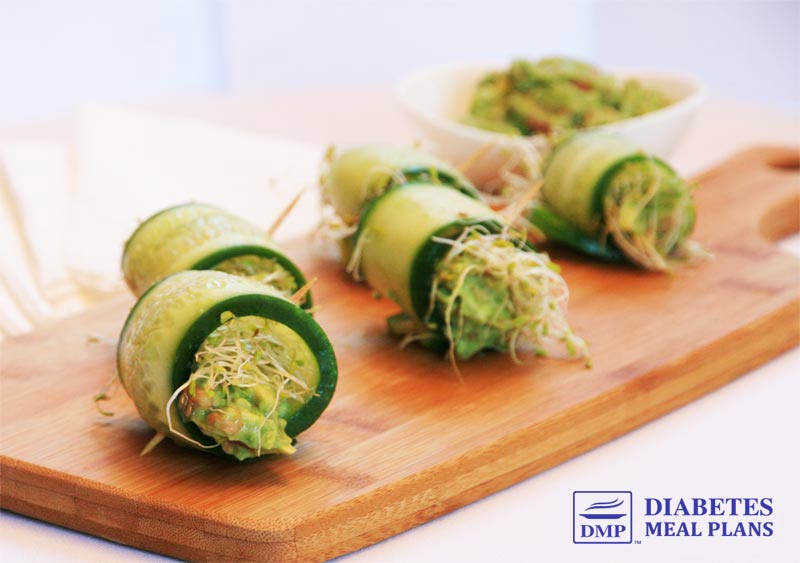
Smoked Salmon Pinwheels (if you’ve never had smoked salmon, you don’t know what you’re missing!)
Entrees:
Roasted Turkey (this recipe has a video! Substitute olive oil for the butter)
Herb Baked Salmon (excellent source of omega 3 fatty acids)
Slow Cooker Chicken (doesn’t get much easier than this!)
Rosemary Pork Loin (only one gram of carbs per serving)
“Starches:”

Mashed Cauliflower (great mashed potato substitute)
Roasted Butternut Squash (excellent sweet potato substitute)
Spicy Sausage and Cheddar Stuffing
Low Carb, Gluten-Free Turkey Stuffing
Vegetables:

Salad with Sweet Mustard Dressing
Desserts:
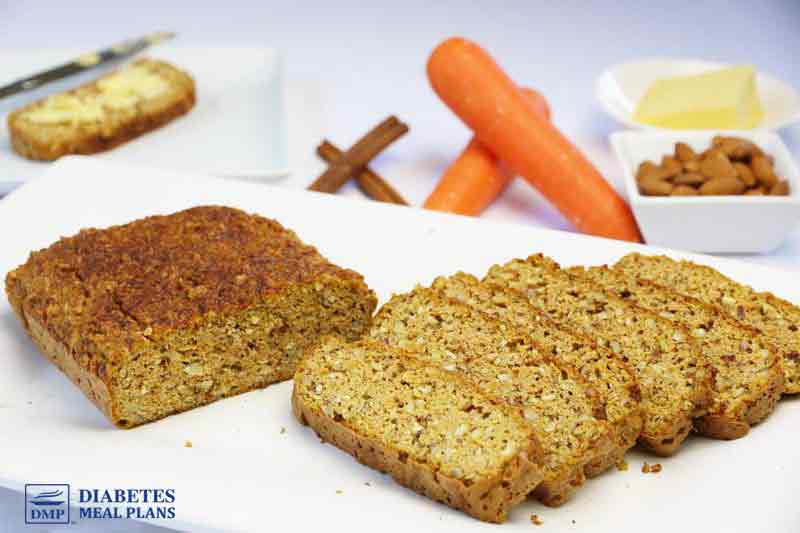
Carrot Cinnamon Bread (good substitute for carrot cake)
Low carb pumpkin pie – skip the artificial sweetener for stevia instead
Coconut Snowballs (lower carb truffle type dessert)
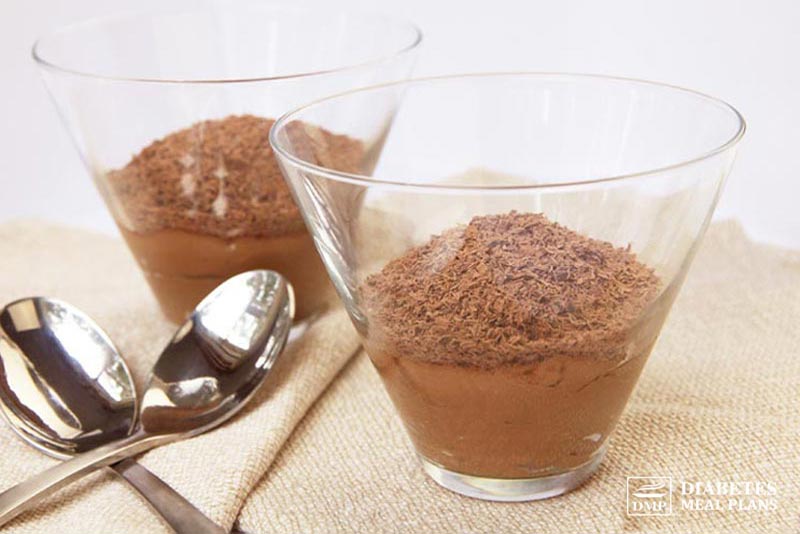
That collection of recipes should give you some new things to try and enjoy for this years diabetic Thanksgiving dinner. :)
Thanksgiving Kitchen Essentials



Please pin, tweet or share these tips and recipes.
And while you’re here, make sure you download our free resources. After all those Thanksgiving indulgences, you’re going to need them to get back on track!











Leave a Reply